About.
INSPIRED BY DIFFERENCE.
Does it feel like your business, brand or vehicle needs a creative make-over? When it comes to graphic design & printing, we are an industry leader.
FAQS
We are a full service shop and offer a wide range of products and services right in-house. And if we can’t do your project here, we have many vendors we deal with so we truly are a “one-stop” shop!
In short, printing presses and monitors produce colors in different ways.
Monitors use the RGB (red, green, blue) color model, which supports a wider spectrum of colors. Presses use the CMYK (cyan, magenta, yellow, black) color model for full-color printing, which can reproduce most—but not all—of the colors in the RGB color model. When printing just one, two or three colors we use spot colors based on the Pantone Matching System. When proofing these colors on your screen, oftentimes the colors will not match.
When a color is selected from the RGB model that is out of the range of the CMYK model, the application chooses what it thinks is the closest color that will match. Programs like Adobe Photoshop will allow you to choose which color will be replaced. Others may not.
Resolution for photos should be set to 300 dpi at actual size being printed. Bitmap graphics should be 1200 dpi at actual size.
Pictures and graphics pulled from the internet are often low resolution, typically 72 dpi or 96 dpi. Avoid these graphics, as they will appear pixilated when printed.
In printing terms, a proof is a virtual copy (or hard copy) of your job after it has been worked on in our art dept. It is your opportunity to ensure that your job looks exactly the way you want. By carefully inspecting the proof, you can help us assure an accurate, flawless delivery of your print job on the first run.
The Pantone Matching System (PMS) is a color reproduction standard in which colors all across the spectrum are each identified by a unique, independent number. The use of PMS allows us to precisely match colors and maintain color consistency throughout the printing process.
We accept files in both Mac and PC formats. Vector files (such as Adobe Illustrator) are needed for cut-vinyl applications. Vinyl graphics cannot be cut from jpeg, gif or other rasterized files (such as tiff, Photoshop or eps). Both vector and raster files may be used for large-format output.
Raster files for large-format output should be created at 300dpi at final output size for best quality.Please DO NOT save large-format files higher than 300dpi – doing so will not increase the quality of the final product. All fonts should be converted to curves or outlines to avoid output issues.
If you are unsure about your files, please don’t hesitate to call us at 320-979-0347. Files created in programs such as The Print Shop, Microsoft Publisher, Excel, PowerPoint or Word are NOT acceptable formats for output. Files created in these programs will need to be re-created for output, and will incur additional design/setup fees.
Raster images are made up of individual pixels, and the size of the image is constrained by the number of pixels present in the file. For example, think of a digital photograph. You can usually enlarge a photo from your personal digital camera to about 8×10 without any distortion or blurring of the image, but if you try to make a large poster with the photo, it may start to look blurry and effect the quality of the image.
Vector images are made up of a series of points connected by straight or curved lines. These points and lines are associated to each other both geometrically and mathematically allowing the image to be resized over and over again with no change in image quality.
It depends on the application. For cut vinyl, your pdf must be in vector format. For large-format printing, your pdf file must be either vector based, or 100dpi at final output size. If you are unsure about your file, please send it to us, and we will take a look at it for you.
Yes! We accept VISA, MasterCard, Discover and AMEX credit or debit cards.
Most of the jobs we produce are custom or made-to-order, however, we do have some standard prices for common items. Please contact us and we would be happy to provide you with an estimate for your project.
Regulations vary from city to city. In general, you do not need a permit to hang a banner, put graphics on a storefront window or set up a sandwich board, but there may be regulations to follow. Please check with your city’s planning department for more information.
It depends on the size of the graphics that need to be replaced and the overall condition of the banner. If the old graphics cover a large area, it may be more economical for you to order a new banner. The labor costs involved in removing old graphics and cleaning the banner to prepare it for new ones can often exceed the cost of purchasing a new banner blank.
Just as with a banner, the labor costs involved in removing old graphics and refurbishing a sign face to prepare it for new graphics can drive up the price. If you’re not sure about your sign face, we’ll let you know if it’s worth re-using.

